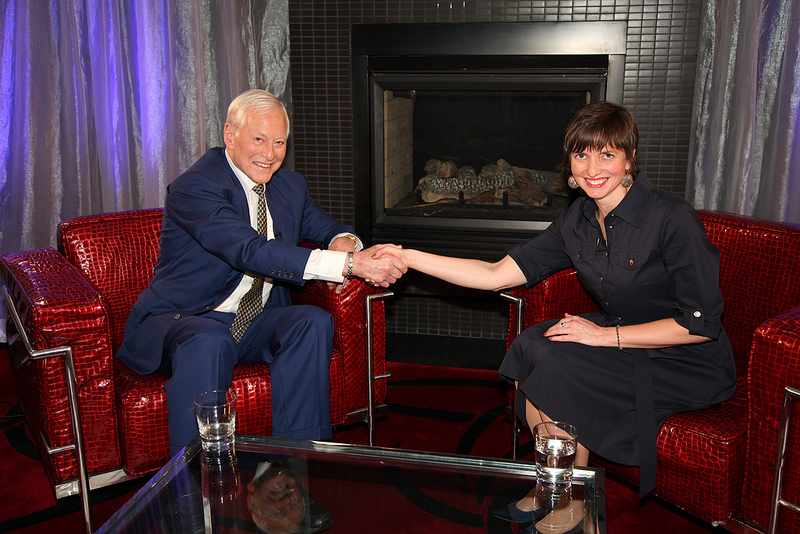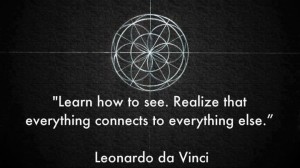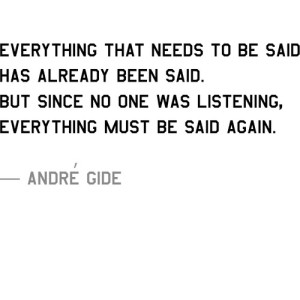Meeting personal and professional development legend Brian Tracy: My appearance as a guest expert on The Brian Tracy Show
I love synchronicities. I just came from San Diego where I had an amazing experience of meeting Brian Tracy, the legend of personal and professional development. As one of the guests of “The Brian Tracy Show,” I got a chance to talk to Brian Tracy about my life’s work, the application of brain science to the field of coaching and training and about Bookphoria, my collaboration with distance learning company Wired@Heart to build a platform to convert non-fiction books into multimedia online courses.
We had a few minutes before the interview to talk. It turned out that Brian Tracy had just returned from Russia (synchronicity # 1), where he and his books enjoy a huge popularity. He was learning Russian and decided to test his knowledge of some Russian words. It was a great ice breaker because all of a sudden, the legend turned into a curious and eager learner of the subject matter that I’d had the luck to master from the time I was born – the Russian language. Needless to say, it eased my anxieties of meeting the world-renowned guru, who turned out to have such positive energy and enthusiasm about him that he transformed the interview into a great conversation that I enjoyed very much.
Earlier that day, I met up with my friend and colleague Nancy Kaye of American Communication English. We were sitting on a bench overlooking gorgeous San Diego Bay as I was rehearsing what I wanted to say during the interview. A man came up to us and asked to take his picture with San Diego downtown in the background. We obliged and started talking. He was a scientist attending Neuroscience 2013, Society for Neuroscience’s annual meeting and the world’s largest forum for neuroscientists to discuss their research and network with the colleagues (synchronicity # 2). I wish I could have been in both places at once! We chatted about fruit flies, the subjects of this scientist’s current research. Nancy shared a story on meeting Stephen Hawking at one of the conferences. All in all, it felt like the events were unfolding in ways that allowed me to meet new people, learn new things and have a lot of fun in the process. That’s the power of connective curiosity: make a connection, be curious, and allow new pathways to emerge.
Here are a few photos from the event:
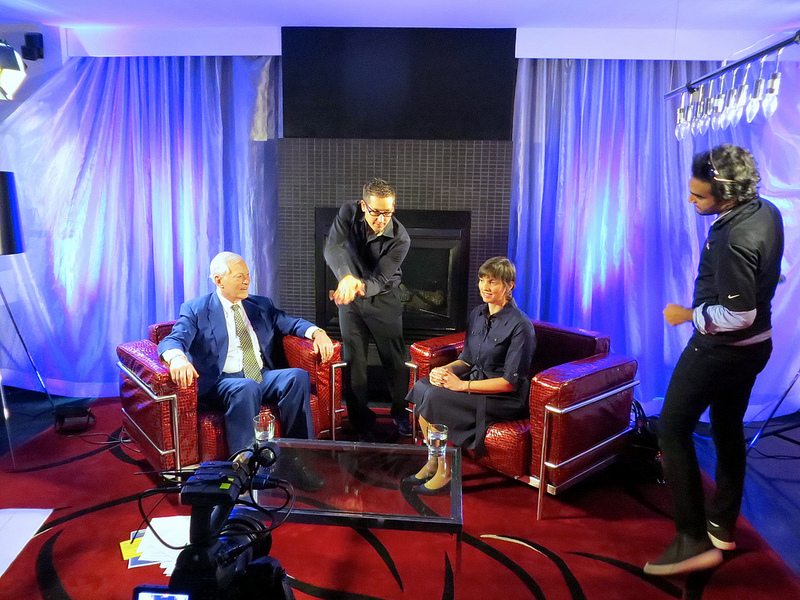 The recording is about to begin
The recording is about to begin
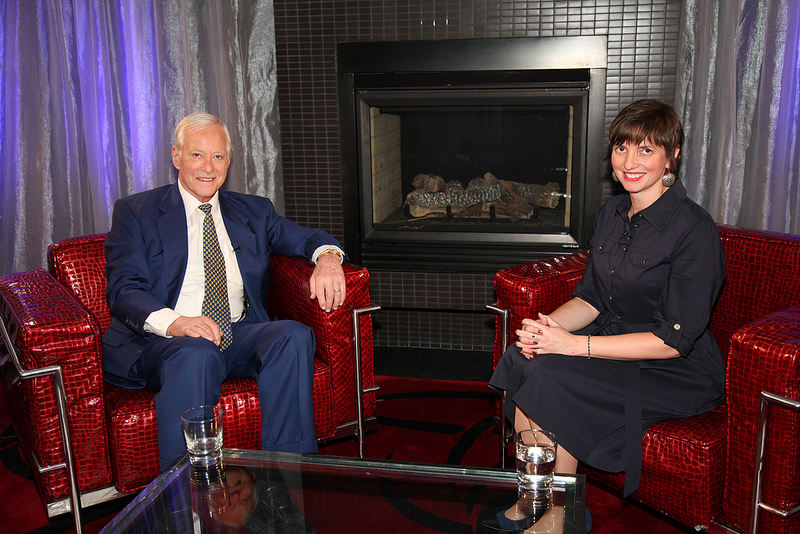 We are ready to start the interview
We are ready to start the interview
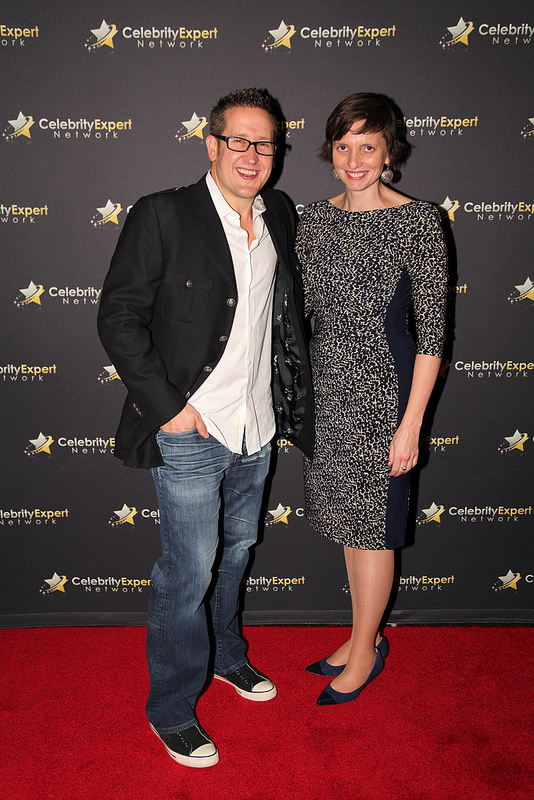 At the reception with Nick Nanton, Emmy® Award Winning Director and Best-Selling Author
At the reception with Nick Nanton, Emmy® Award Winning Director and Best-Selling Author
UPDATE: You can now watch my video interview with Brian Tracy here.

